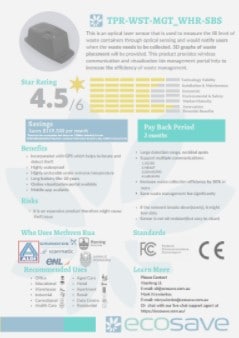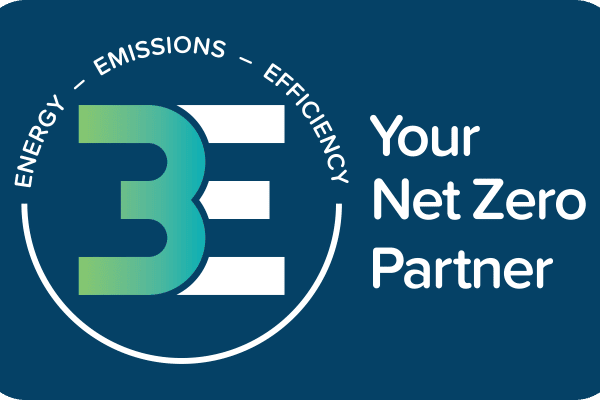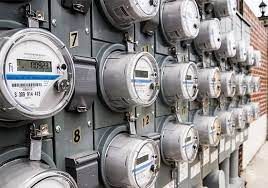Ecosave’s experts review the latest innovations in energy, water, and even waste efficiency technologies. In this article, we focus on what smart bin sensors are, their benefits and the current users of this type of technology.
On average, people pay around $50 per clearance of each waste bin. However, if you can clear your waste bin when it is full, you can save on cleaning expenses. Smart waste bin sensors can help you spend less while maintaining a clean environment. Learn more about smart bin sensors and how they can benefit you.
What are smart waste bin sensors?
These are sensors – attached to ordinary waste bins – alert their users if the bins are already full. Live alerts also allow end-users to remotely monitor their bins and plan rubbish collection for their waste contractors. It is efficient as it will help you reduce bin collection costs and labour.
How do smart waste bin sensors work?
Smart waste bin sensors, be it optical or ultrasound, work by collecting fill level data and transferring them to an online waste management platform. The data received will be analysed and waste collection can be scheduled based on the results. Different online platforms often used by waste collection service providers for data collection and storage.
Benefits of using smart waste bin sensors
Being an effective solution to waste management, smart bin sensors have many benefits which include:
AI prediction algorithm
These smart waste bins leverage on AI prediction algorithms for efficiency. Through their machine-learning capabilities, they can analyse and adjust the best time to notify their users for waste collection. The data collected will also help the AI improve its prediction algorithm.
Utilises GPS and Cloud Storage
GPS plays an essential role in the smart bin system. It informs the drivers or the waste pickup team as to where the scheduled pickup is. It also acts as a theft deterrent as it can track if a bin was stolen. Cloud storage, on the other hand, is used for data analytics and management. It keeps a recorded summary of the scheduled routes, distances travelled by the fleet, the number of containers collected, and the overall collection cost per route.
Ultrasound and optical detection
One of the main benefits of using a smart bin sensor is it uses 3D topology to scan the entire bin. This technology is often paired with an ultrasound sensor to cover blind spots as it cannot detect waste as close as 4 to 5 centimetres.
Who uses these smart waste bin sensors?
Smart bins have been used by highly urbanised cities such as Hong Kong, Seoul, and San Francisco. In Australia, the Sydney Opera House is already using a smart bin system for proper waste management. Other local government councils are also open to the idea of employing these innovative waste collection systems for their cities. They saw how efficient these are and their benefits for a greener environment.
Waste management technologies, such as smart bin sensors, can help you manage your waste while keeping your facility’s environment clean.
Free Download: Technology Review – Smart Waste Bin Sensors
Ecosave has conducted a thorough evaluation of three Smart Waste Bin Sensors available in the market. The Technology Review provides ratings across seven categories, an overall rating, an outline of potential savings, return on investment and the benefits and risks of each Smart Bin Sensor.
You can download this Technology Review by clicking here
Ecosave offers end to end technology solutions to achieve energy savings and reduce carbon emissions. For sustainable innovative solutions tailored to your organisation, call us at 1300 55 77 64 or request a free call back service.







